Last month I had the pleasure of visiting Báguena, Spain for a day after spending some time in Zaragoza. Báguena, however, is a very small town and one that even Spaniards are bound to not know. How did I end up here and why did I visit this quaint town?
Well, of course genealogy brought me here! So let’s talk about how I ended up in Báguena, population: < 300 people!
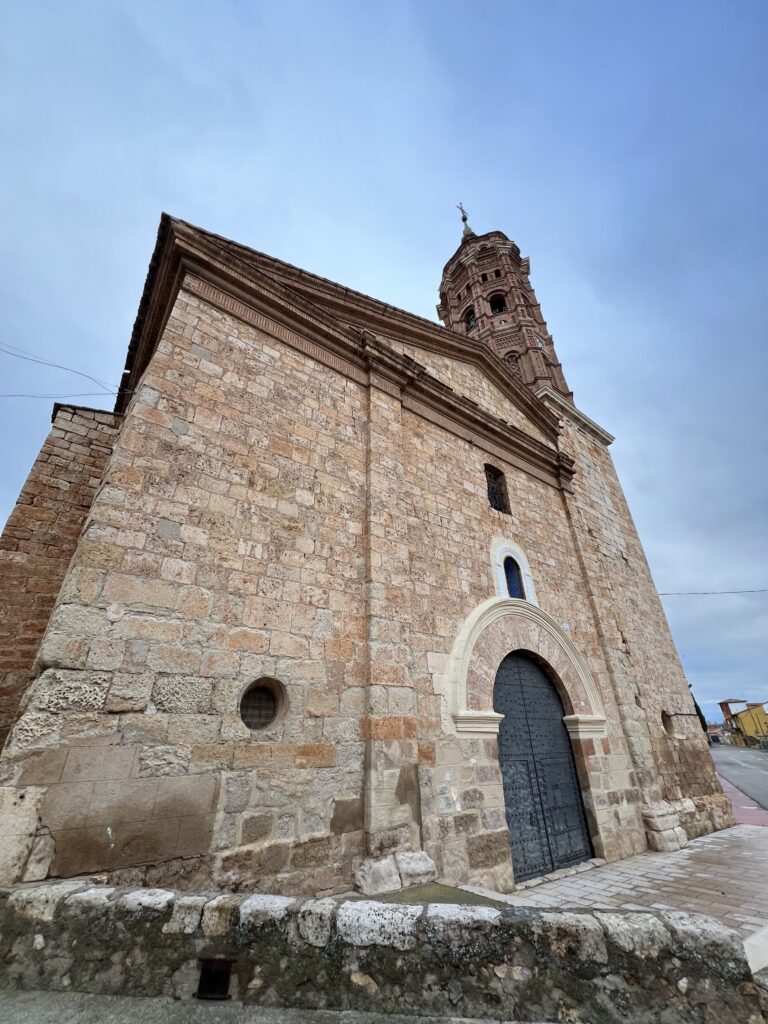
Where is Báguena?
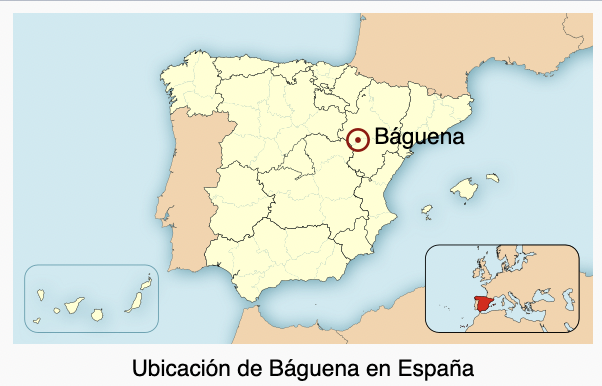
For starters, the town of Báguena is located in the province of Teruel, in the autonomous community of Aragón and town’s origin date back to the 12th century. The town’s name derives from Latin “vacuus” which over time linguistically converted into “vagu-” and then received the suffix of “ena” which is a common Aragonese ending for towns, however of unknown origin. Thus was born the name “Vaguena”. Over time the “v” became a “b” likely due to the confusion of both letters since they share the same sound and that is how the modern spelling of “Báguena” was born.
Vacuus in Latin means “empty, “unoccupied”, or “deserted” – and it definitely had that feeling when I was visited.
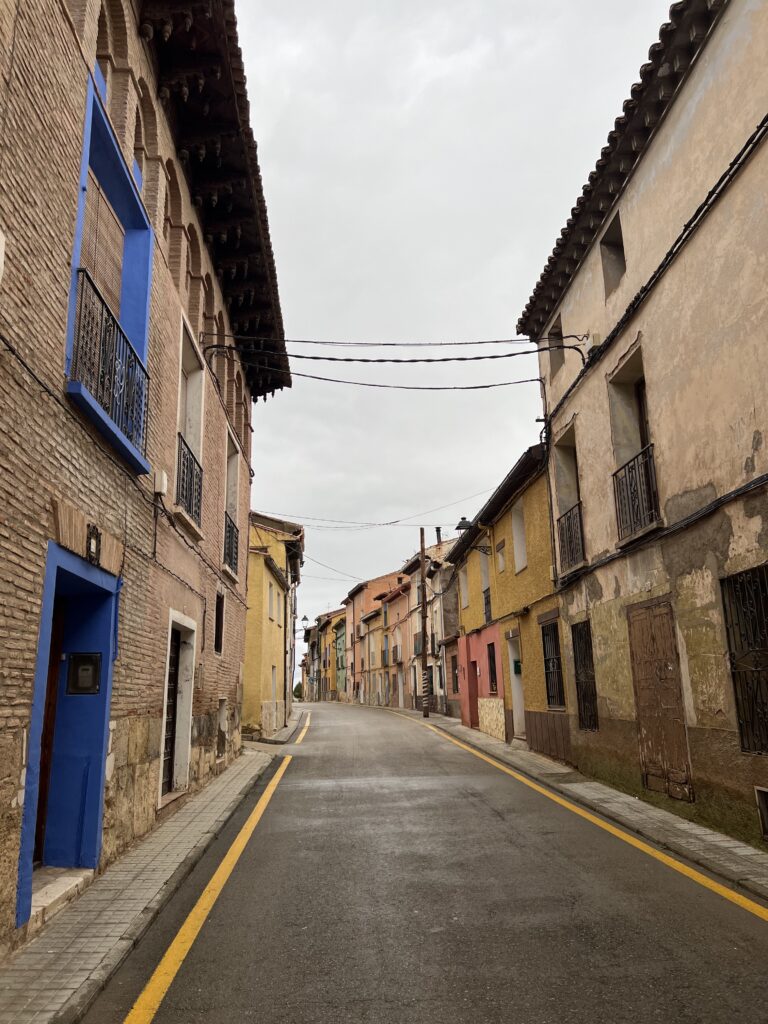
The town already has a small population to begin with and coupled with the fact that I went on a random Tuesday during Semana Santa (Holy Week) did not help. The town was basically empty, with a couple of older people walking about. In total, I would say I probably saw no more than 10 people as I walked to and fro in Báguena. I tried to explore the various places the town was known for (amongst them the church and an older tower), but everything was closed and so I ran out of options of things to do very quickly. Since it was much colder than I expected, with temperatures hovering in the high 20ºs F/ -6ºish C when I arrived in the morning, waiting around outside became a very bad option very quickly. Even the cafés, restaurants, and the town’s library was closed.
So I explored the town as best as I could before I decided to go around for a hike.
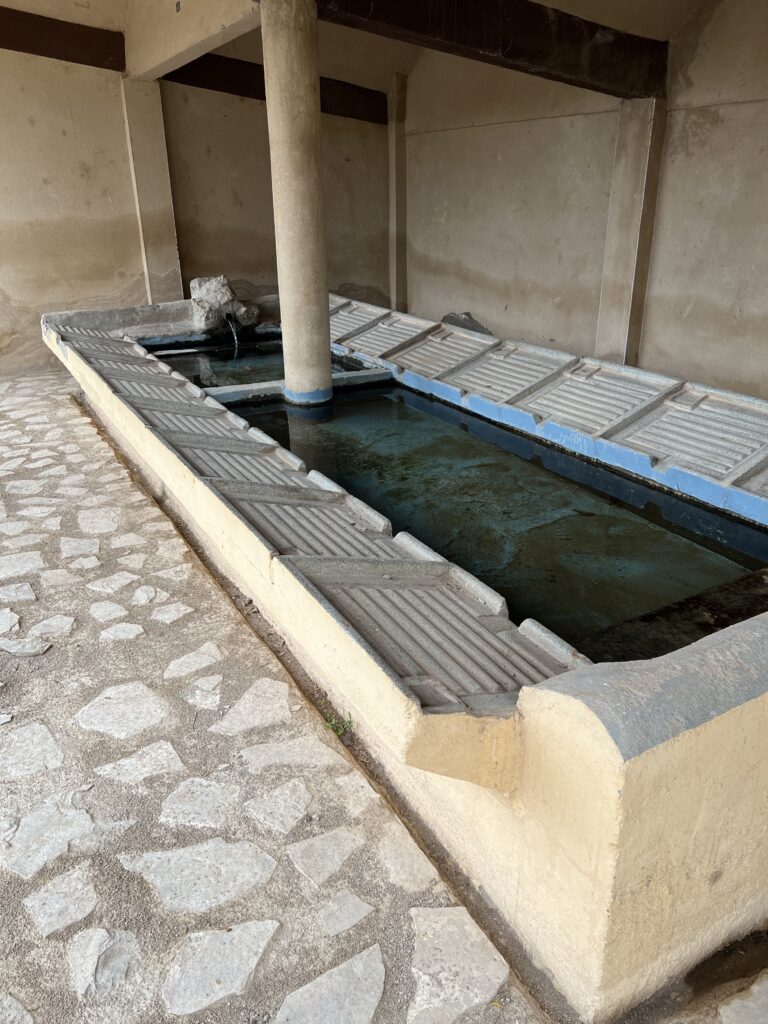
Wait... Why Báguena?
Before I move into the rest of my day trip, I have not answered the million dollar question – Why did I decide to visit Báguena if I knew there was not much there?
Well, while researching in Mallorca last year, I bumped into the surname Martínez in my family tree. Usually, this surname would not make me bat an eye while research. However, to find this name in Mallorca (in a small town like Sóller) was very surprising. This is because most of the last names on the island are very Catalan-sounding and so “regular” Spanish surnames that we are used to seeing such as Rivera, García, Rodríguez, Ortiz, Hernández, and Martínez are not common. Can they appear? Sure! As we see with my own ancestors Martínez were present on the island in Sóller from at least the late 1500s.
Joan Martínez de Otero
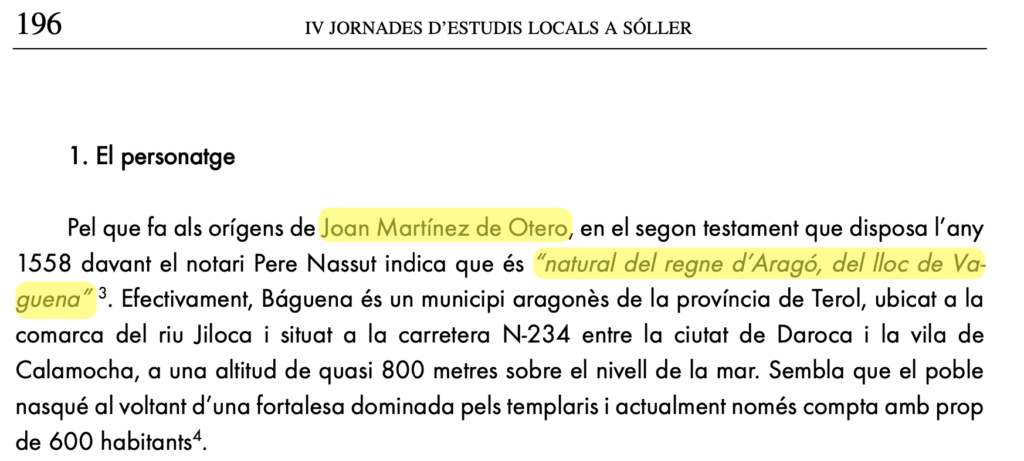
Since the surname is not very common in Sóller, it does not appear much in the records. Therefore, I was surprised when I came across this article about Joan Martínez de Otero. It talks about Joan and his descendants in Sóller and the land he possessed in the town. I have not fully read the article yet since I want to read it before heading back to Mallorca for research, but glancing it over I was able to identify that Joan Martínez de Otero according to a testament when he left in 1558 with the notary Pere Nassut, mentions that he was a native of “Vaguena” from the kingdom of Aragon.
Joan Martínez de Otero went on to marry Joana Castanyer with whom he had various children and one of them is of interest to me: Nicolau Martínez.
Though I have not yet fully connected myself to this ancestor, I think it is very probable that I descend from one of Joan Martínez de Otero’s children given the scant use of Martínez in the town.
Currently, I have my ancestor traced to Pere Joan Martínez son of Nicolau Martínez. Pere Joan married the 31 October 1627 to Catalina Bauçà. This would mean that Pere Joan would have had to have been born before 1609 leaving his father Nicolau Martínez to have been born about the mid 1570s or possibly early.
We know that Joan Martínez de Otero died the 16 May 1563 so it very possible that my Nicolau was his son or even his grandson depending on the years. Pere Joan Martínez was my 11th great-grandfather and his son Nicolau Martínez my 12th great-grandfather. This puts Joan Martínez de Otero in the range of 13th-14th great-grandfather, if my theory is correct. Returning to Mallorca and continuing my research in the Arxiu Diocesà is what would help clear this up!
Hiking around Báguena
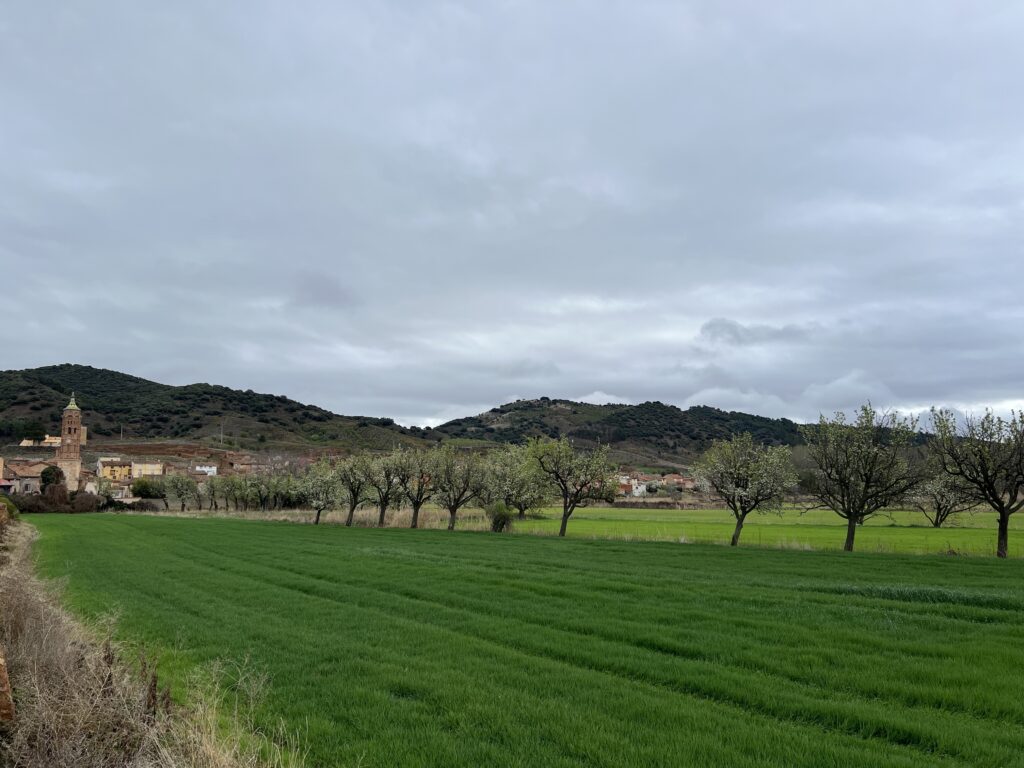
Since I had nothing to do, I decided to go walking around Báguena. I went to “El barranco de Arguilay” which is a nearby ravine/gorge which ultimately led me to the town of Anento before wrapping around back towards to Báguena.
In total, I walked around 15.79 mi/25.41km that day which definitely was not what I expected to do when I set out that morning for Báguena. However, it was a beautiful and tranquil walk which allowed me to disconnect and explore Spanish nature. Granted, it was a very longgggg walk but it definitely killed hours which is something I wanted to do and I was glad I had fairly good weather (despite the whipping wind up on the gorge) to enjoy the walk. Here are some pictures of my hike!
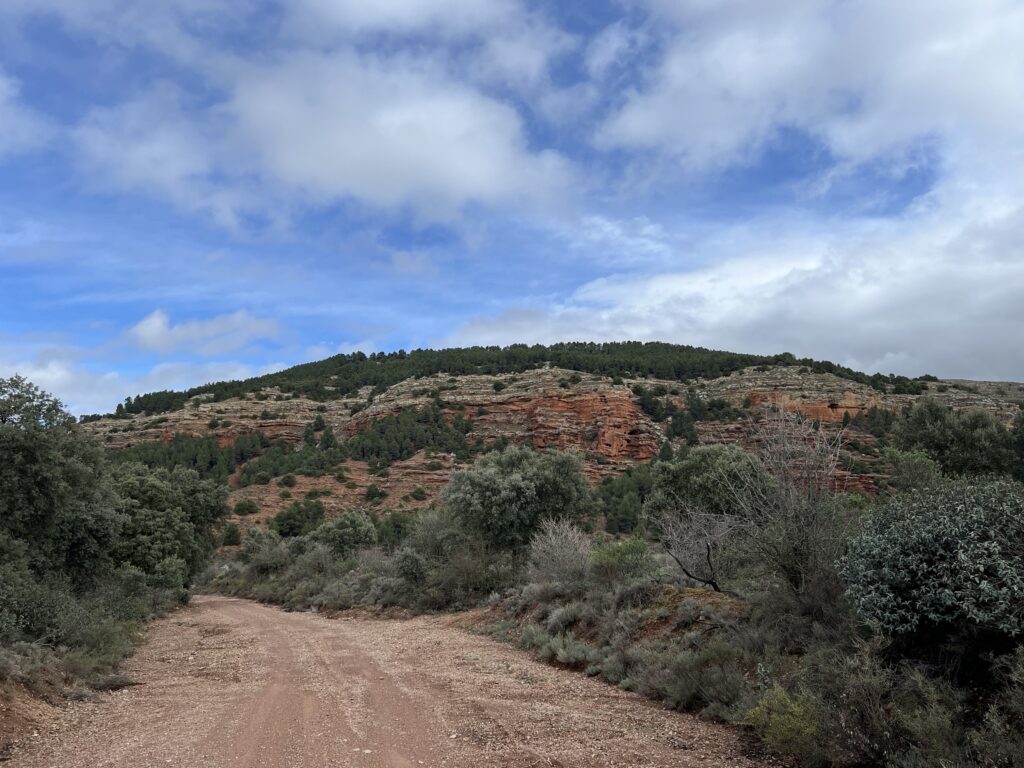
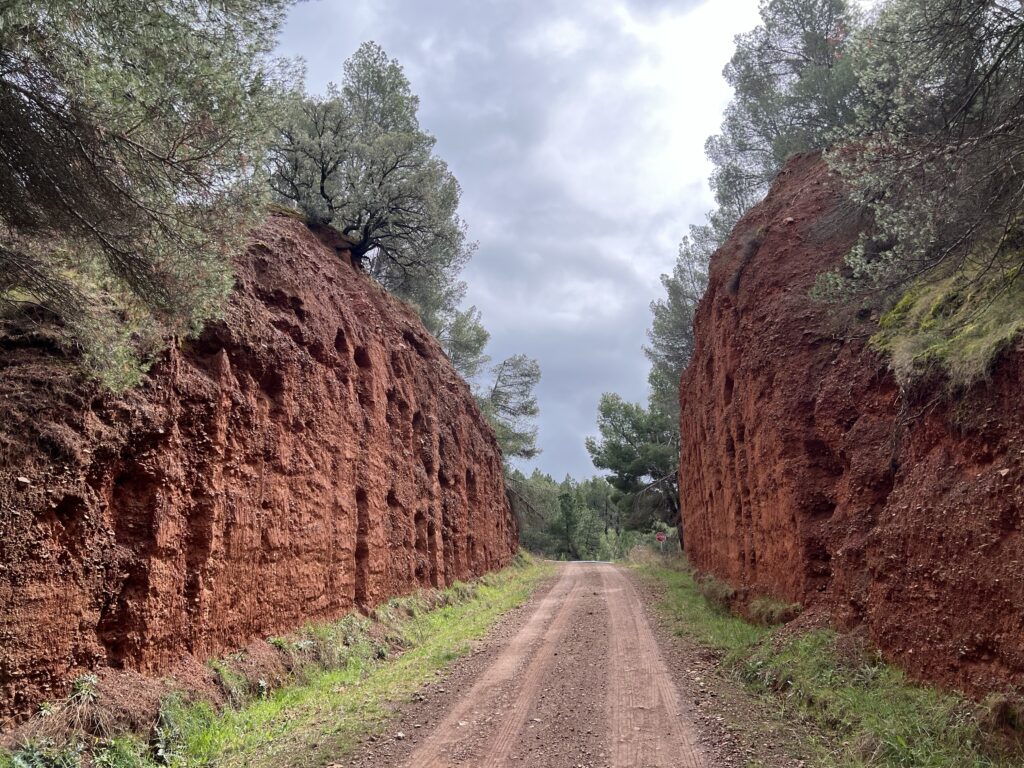
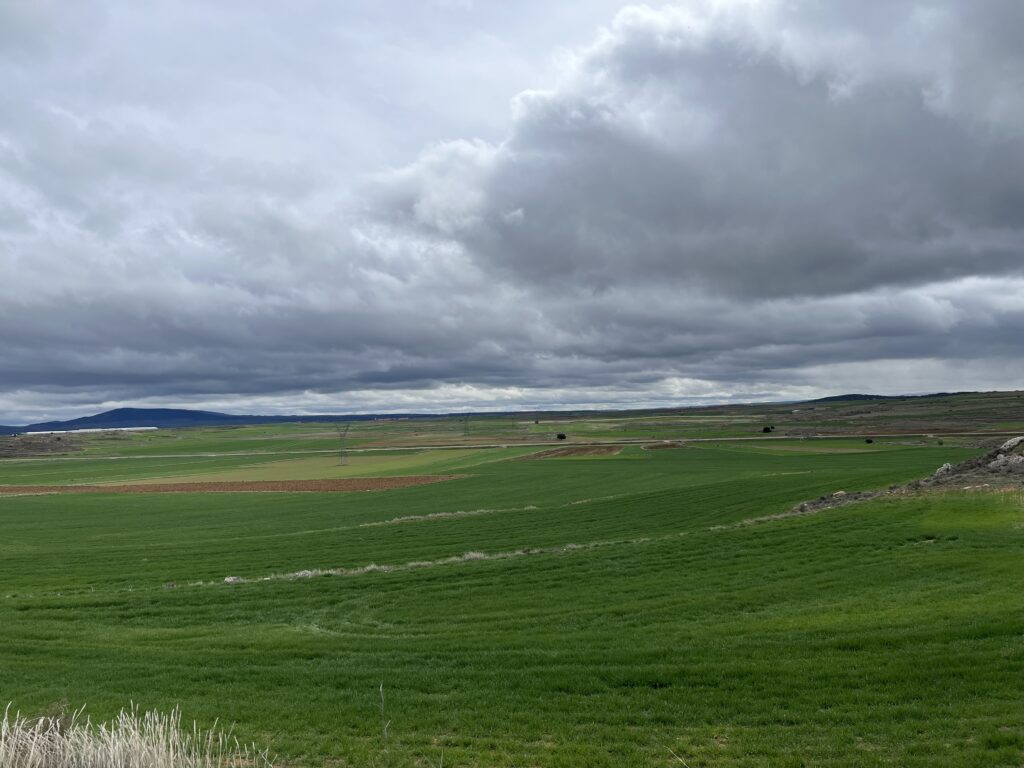
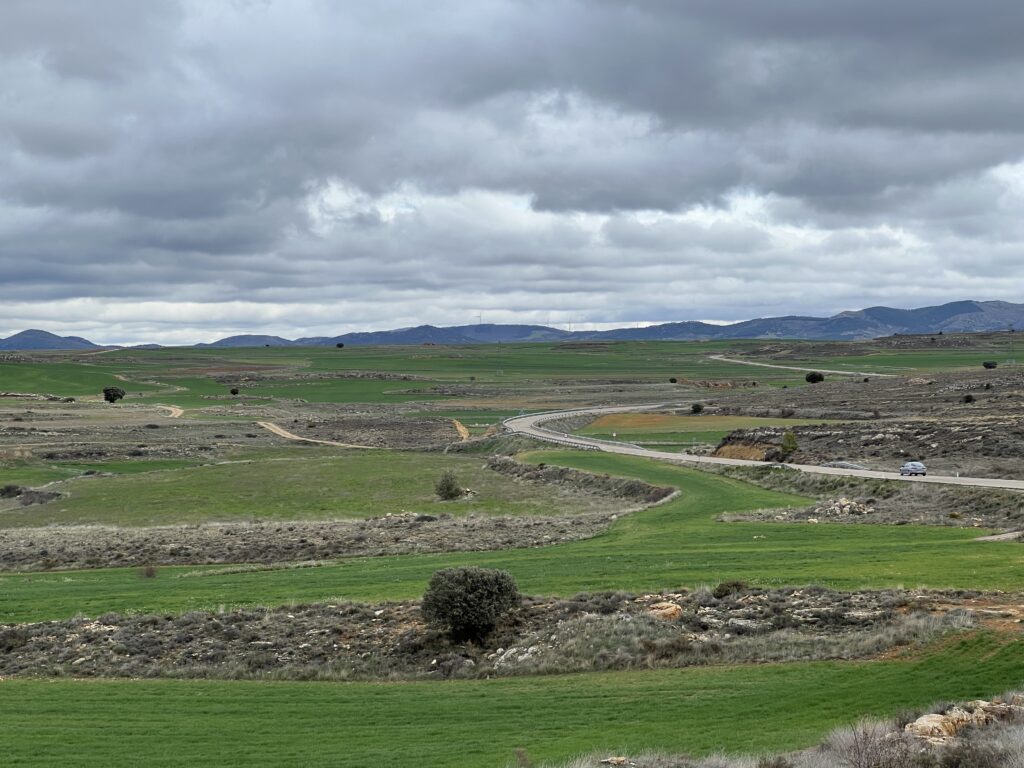
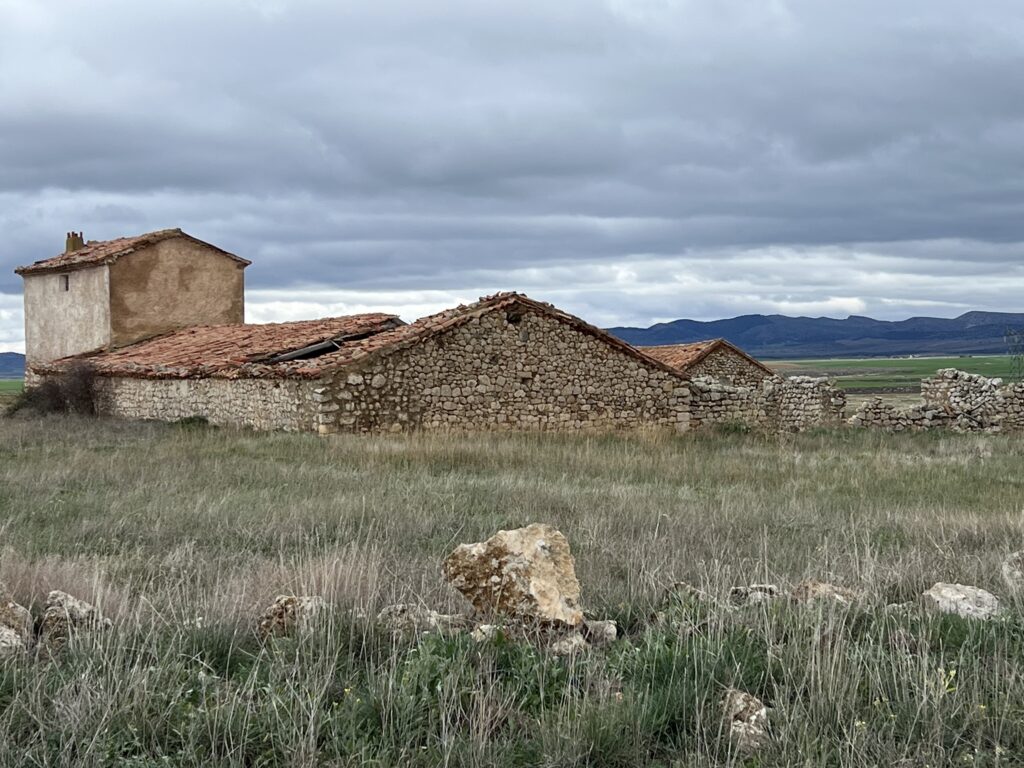
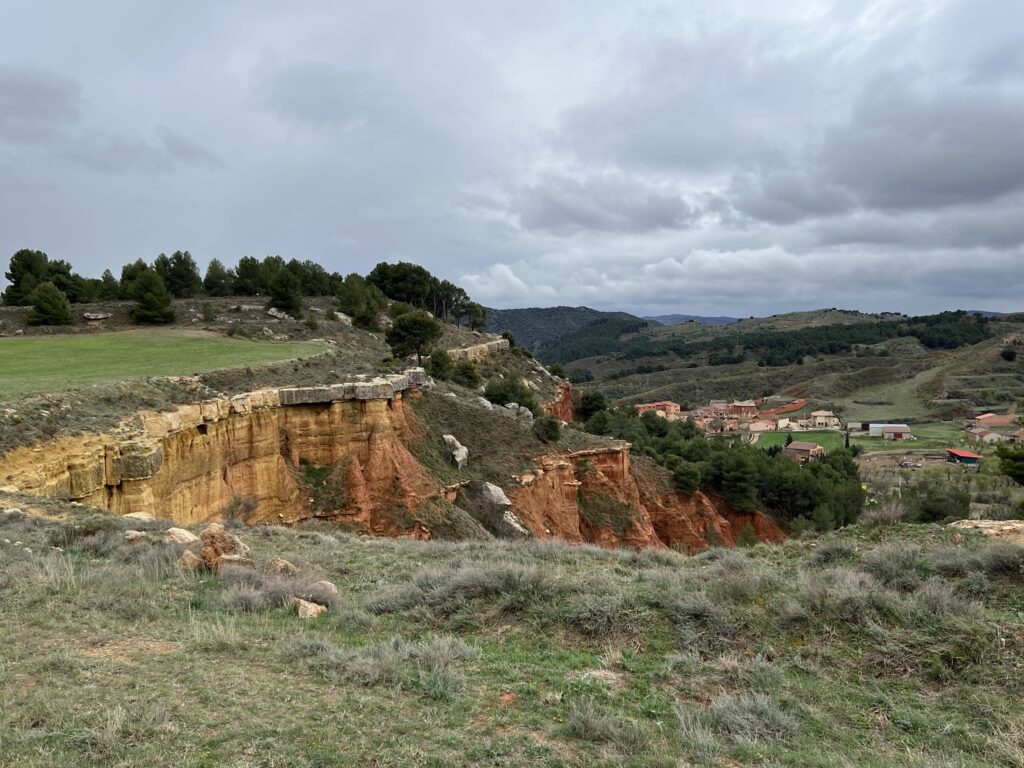
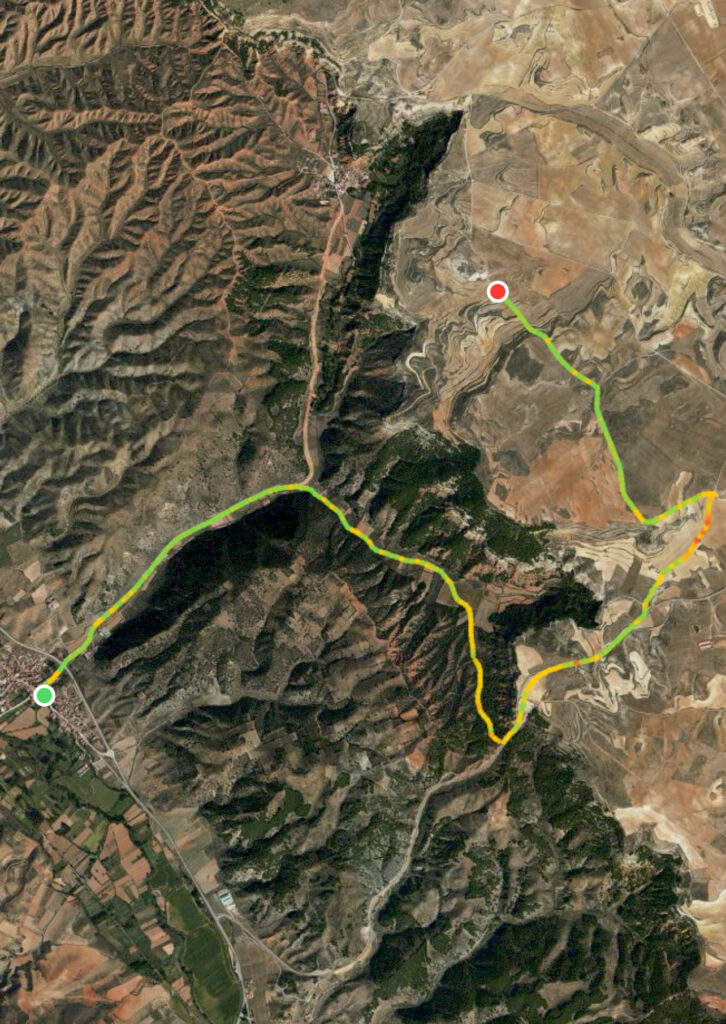
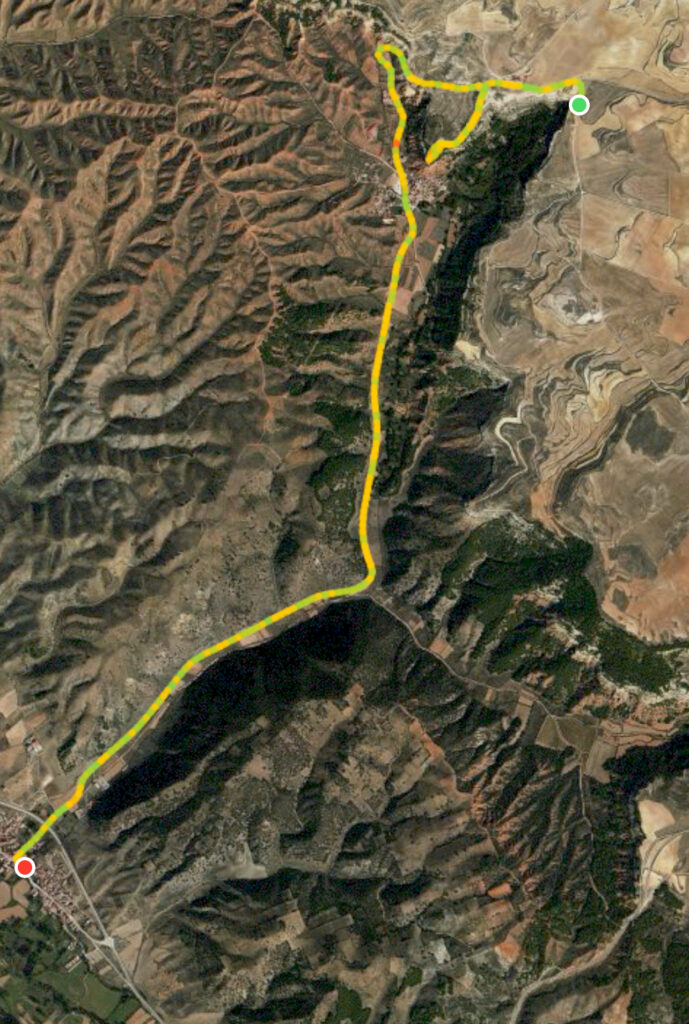
Anento
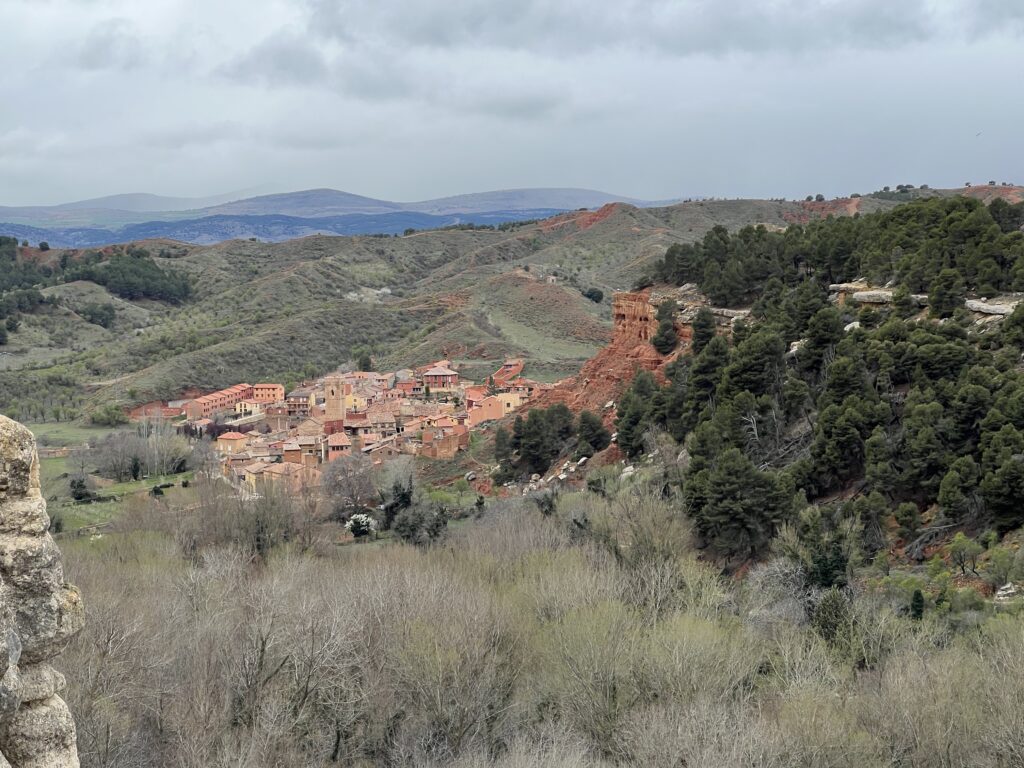
On my way back to Báguena I walked through the town of Anento which is an even smaller town of less than 100 people as of 2021. Funny enough, there was a bit more life in Anento versus Báguena and that was because one of the restaurants was open so people were having lunch there.
Conclusion
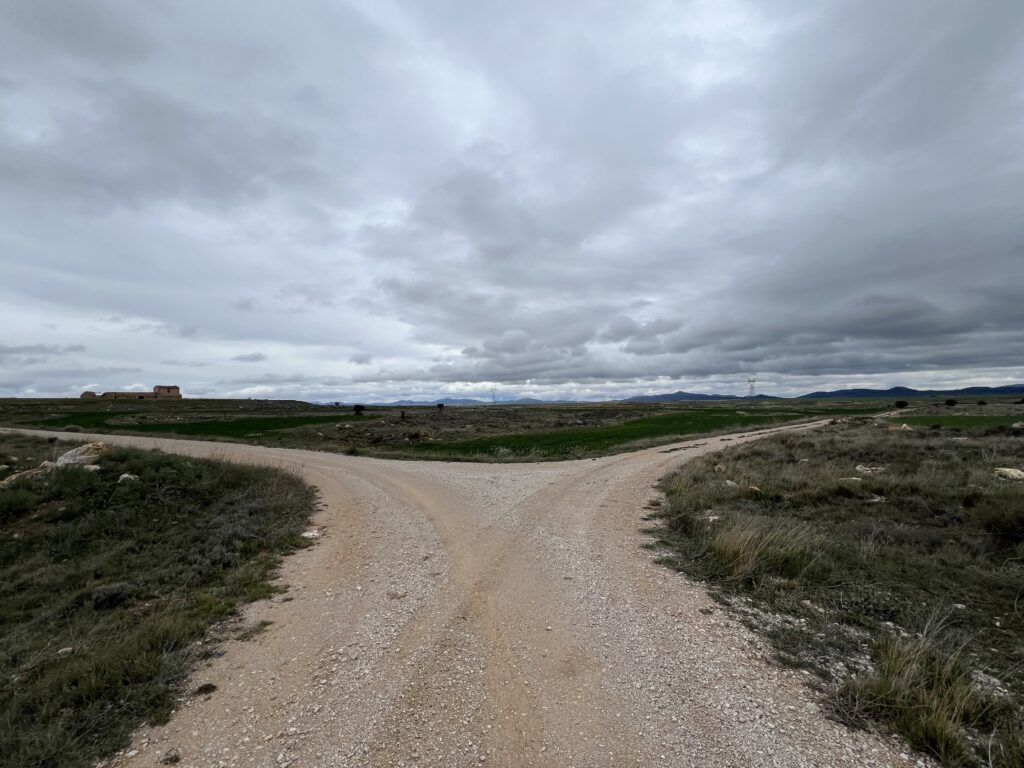
Despite not doing much in Báguena, I really enjoyed my day because it turned out not exactly how I expected. Before heading to Báguena the night before, I did some research on whether or not I could do some genealogical research in Báguena. I knew that it would be a stretch, but being that I had done research in Andalucía I thought it could be possible in Báguena. However, I found out that most of the records of Báguena were held in the Archivo Histórico Diocesano de Teruel which is located in the town of Teruel and so I would have to make a completely other trip there if I wanted to learn more about Joan Martínez de Otero – and since we are talking about documents from the 16th century it is possible that there aren’t much from that time period.
I also do not have the names for Joan Martínez de Otero and his parents but it is possible that the names of his children could be a clue given that the tradition in Mallorca is to name then after the paternal grandparents first, and this could also potentially be a Aragonese tradition as well.
Hopefully I will be able to connect myself to Joan Martínez de Otero in Sóller, Mallorca and one day visit the Archivo Histórico Diocesano de Teruel to learn more about him and his family.

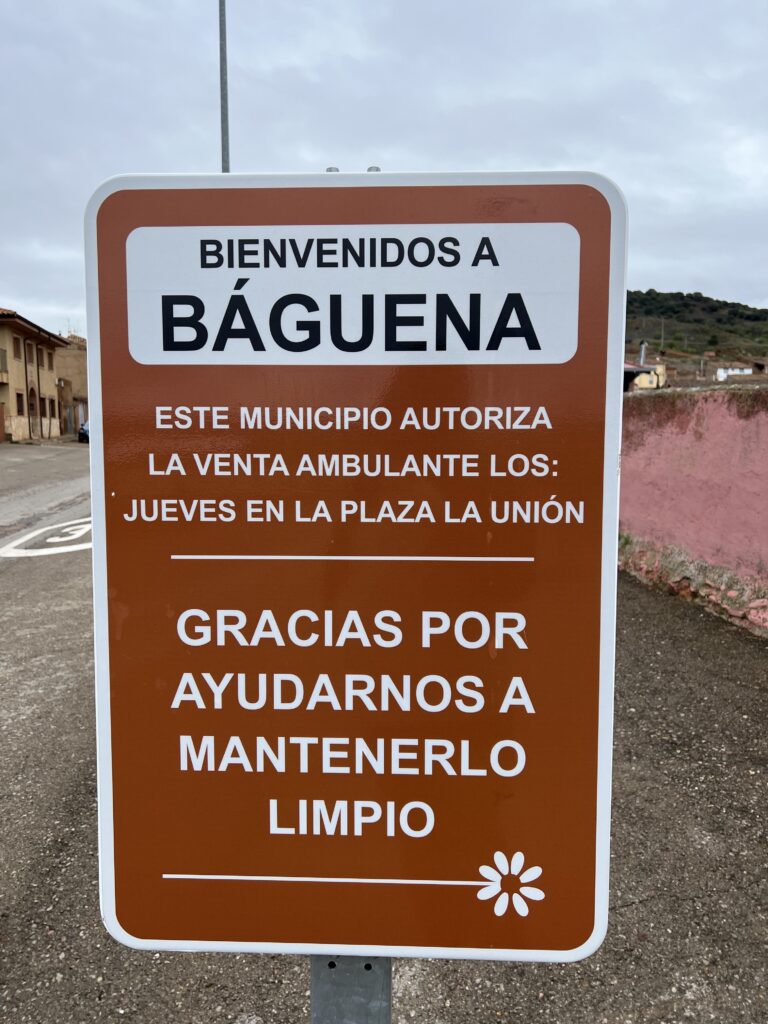
Great travelog with a genealogy twist! Thanks for the inspiration and information!